DNA sequencing shows young trees are more likely to have gene variants that confer partial resistance to a fungus that has been wiping out ash trees across Europe
Get the latest international news and world events from around the world.
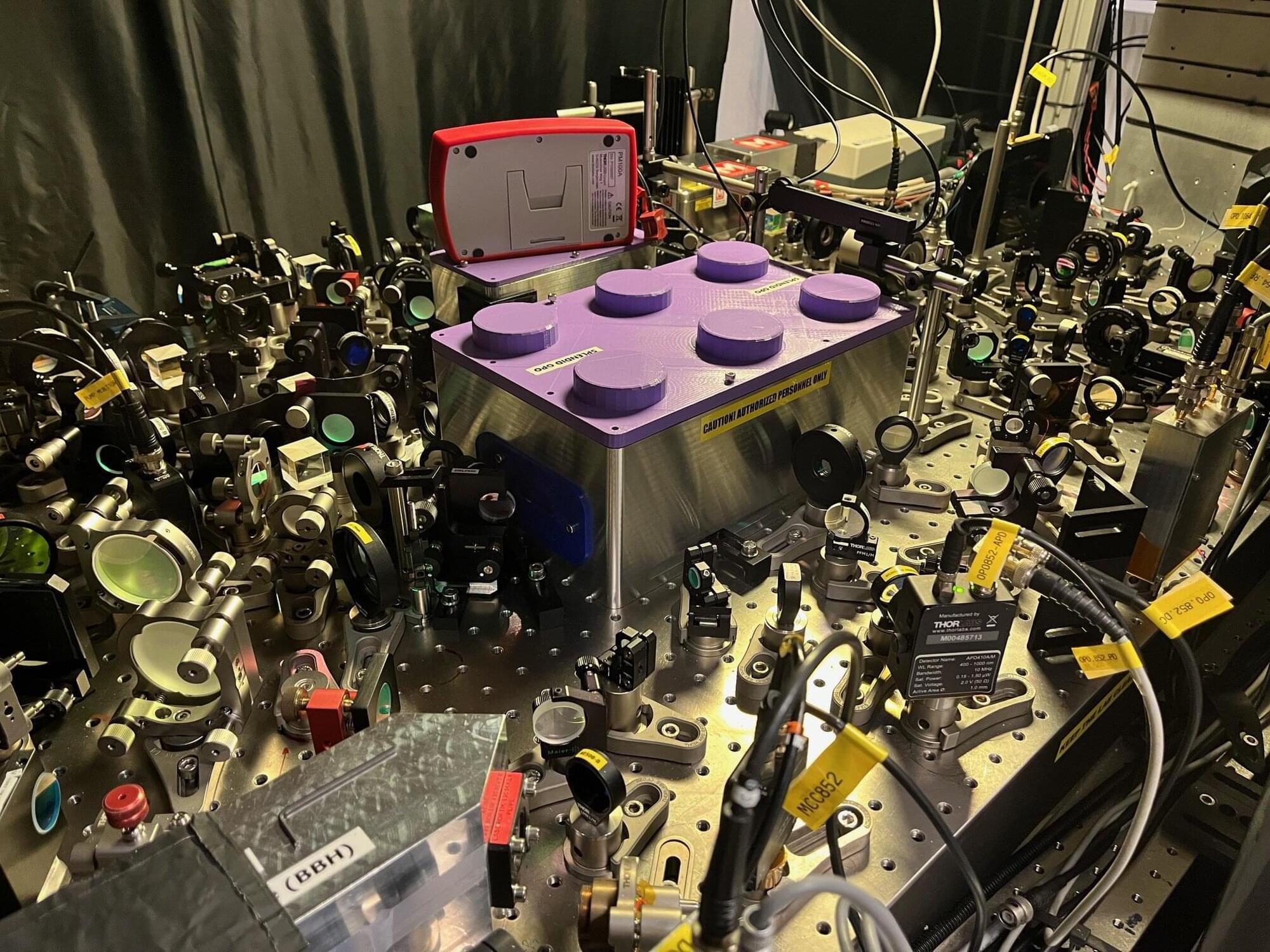
Physicists create tunable system for enhanced quantum sensing
Researchers at the Niels Bohr Institute, University of Copenhagen, have developed a tunable system that paves the way for more accurate sensing in a variety of technologies, including biomedical diagnostics. The result is published in Nature.
The potential range of technologies is large, stretching from the largest to smallest scales, from detecting gravitational waves in space to sensing the tiny fluctuations in our own bodies.
Optical sensing technologies are already part of everyday life. In recent years, advances in quantum optics have pushed the sensitivity of these devices closer to the so-called standard quantum limit—a practical boundary that arises from the inevitable noise arising from measuring on the smallest scales.
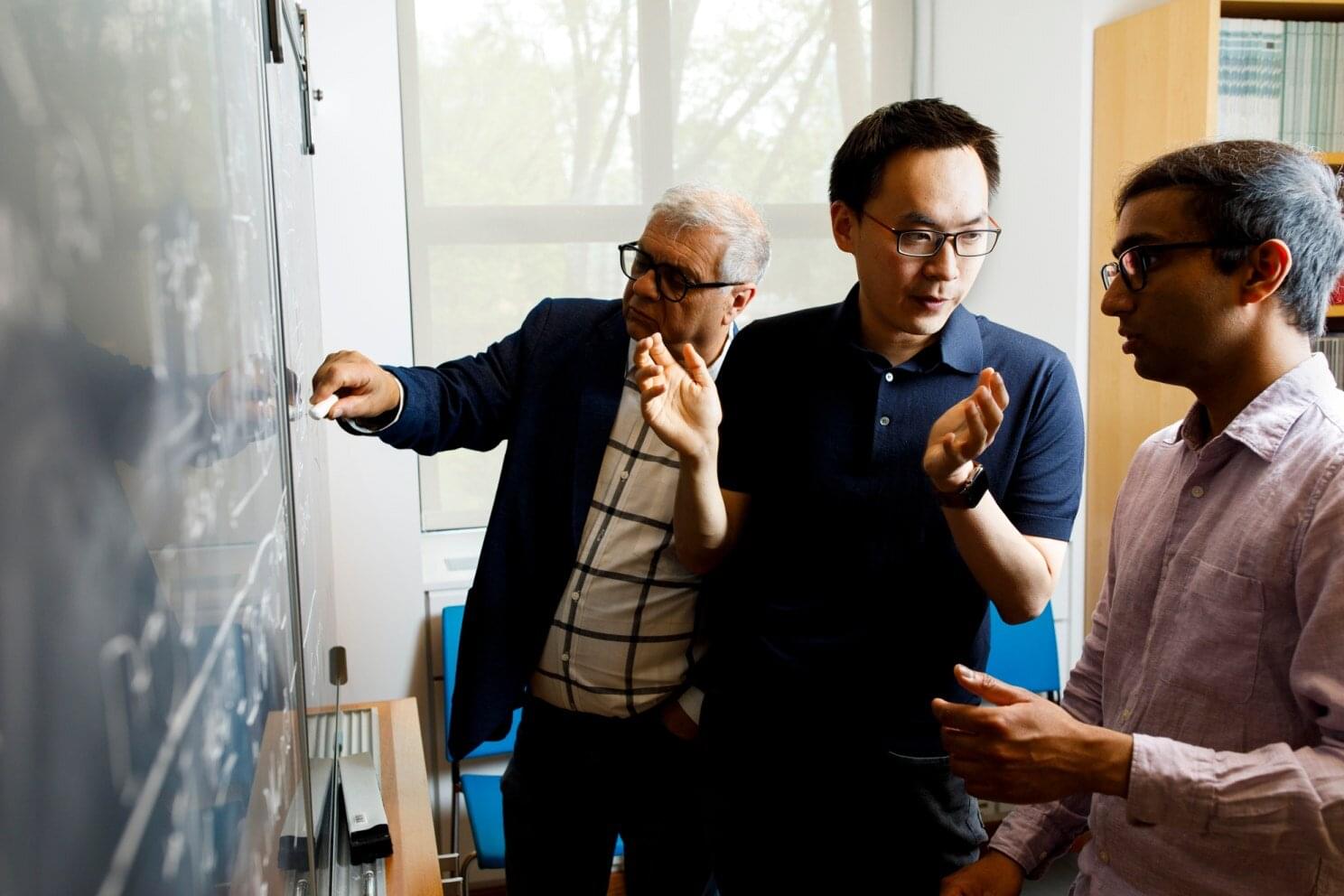
AI and biophysics unite to forecast high-risk viral variants before outbreaks
When the first reports of a new COVID-19 variant emerge, scientists worldwide scramble to answer a critical question: Will this new strain be more contagious or more severe than its predecessors? By the time answers arrive, it’s frequently too late to inform immediate public policy decisions or adjust vaccine strategies, costing public health officials valuable time, effort, and resources.
In a pair of recent publications in Proceedings of the National Academy of Sciences, a research team in the Department of Chemistry and Chemical Biology combined biophysics with artificial intelligence to identify high-risk viral variants in record time—offering a transformative approach for handling pandemics. Their goal: to get ahead of a virus by forecasting its evolutionary leaps before it threatens public health.
“As a society, we are often very unprepared for the emergence of new viruses and pandemics, so our lab has been working on ways to be more proactive,” said senior author Eugene Shakhnovich, Roy G. Gordon Professor of Chemistry. “We used fundamental principles of physics and chemistry to develop a multiscale model to predict the course of evolution of a particular variant and to predict which variants will become dominant in populations.”
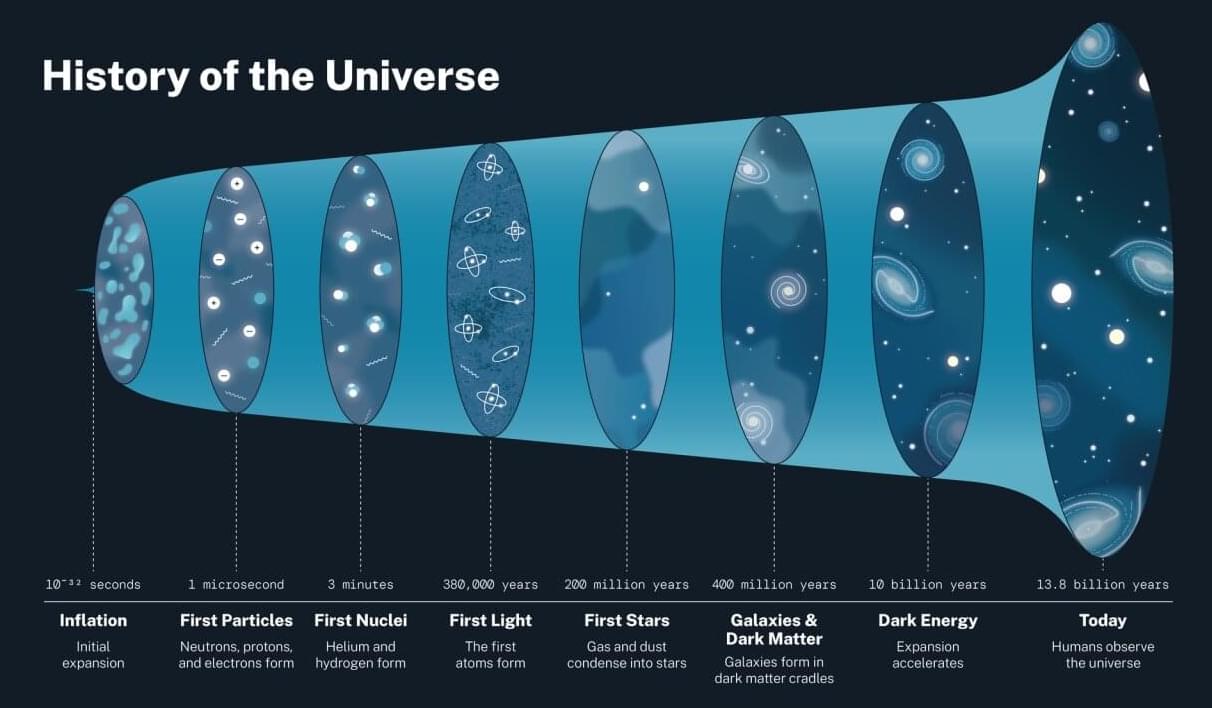
Growing evidence for evolving dark energy could inspire a new model of the universe
The birth, growth and future of our universe are eternally fascinating.
In the last decades, telescopes have been able to observe the skies with unprecedented precision and sensitivity.
Our research team on the South Pole Telescope is studying how the universe evolved and has changed over time. We have just released two years’ worth of mapping of the infant universe over 1/25th of the sky.
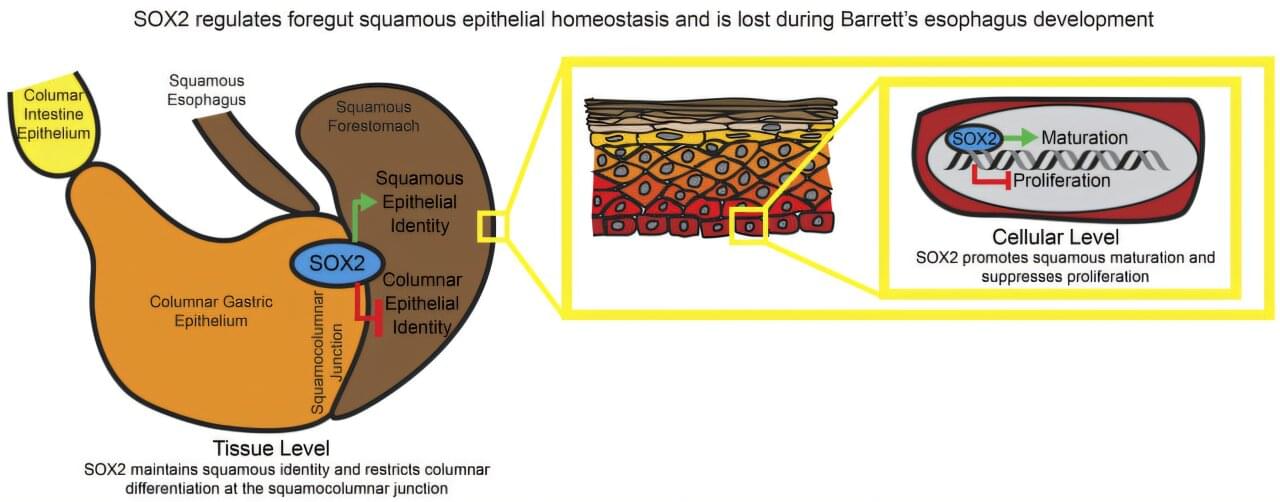
Unlocking the mystery behind Barrett’s esophagus
A team led by researchers at Baylor College of Medicine and Washington University School of Medicine has shed light on the process that drives Barrett’s esophagus formation. This condition affects the lining of the esophagus—the tube that carries food from the mouth to the stomach—and increases the risk of developing esophageal adenocarcinoma, a serious and often deadly cancer.
The study, published in the Journal of Clinical Investigation, reveals that two important genes involved in guiding and maintaining the identity of the esophagus and intestine, SOX2 and CDX2, are altered in Barrett’s esophagus. The findings not only deepen our understanding of how the disease develops but also open the door to new ways of identifying people at risk and potentially preventing the condition from progressing to cancer.
“Esophageal adenocarcinoma is one of the fastest growing solid cancers. It is difficult to treat, and there are no effective screening techniques available,” said first and co-corresponding author Dr. Ramon Jin, assistant professor in the John T. Milliken Department of Medicine at Washington University.
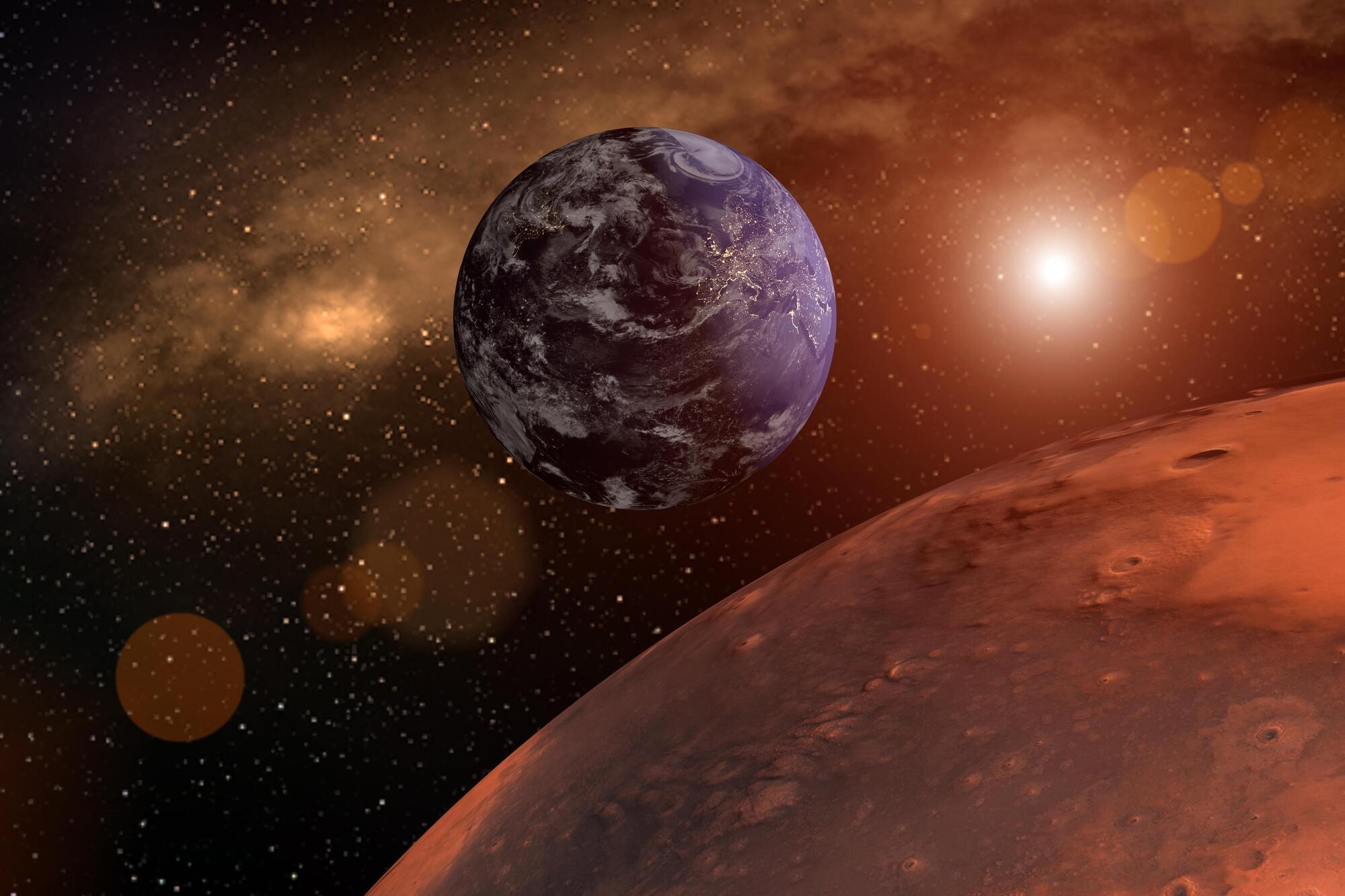
Extraterrestrial Habitats: Bioplastics for Life Beyond Earth
If humans are ever going to live beyond Earth, they’ll need to construct habitats. But transporting enough industrial material to create livable spaces would be incredibly challenging and expensive. Researchers at the Harvard John A. Paulson School of Engineering and Applied Sciences (SEAS) think there’s a better way, through biology.
An international team of researchers led by Robin Wordsworth, the Gordon McKay Professor of Environmental Science and Engineering and Professor of Earth and Planetary Sciences, have demonstrated that they can grow green algae inside shelters made out of bioplastics in Mars-like conditions. The experiments are a first step toward designing sustainable habitats in space that won’t require bringing materials from Earth.
In lab experiments that recreated the thin atmosphere of Mars, Wordsworth’s team grew a common type of green algae called Dunaliella tertiolecta. The algae thrived inside a 3D-printed growth chamber made from a bioplastic called polylactic acid, which was able to block UV radiation while transmitting enough light to allow the algae to photosynthesize.
The algae was kept under a Mars-like 600 Pascals of atmospheric pressure – over 100 times lower than Earth’s — and in a carbon dioxide-rich environment, as opposed to mostly nitrogen and oxygen like on Earth. Liquid water cannot exist at such low pressures, but the bioplastic chamber created a pressure gradient that stabilized water within it. The experiments point to bioplastics as potentially key to creating renewable systems for maintaining life in a lifeless environment.
The concept the researchers demonstrated is closer to how organisms grow naturally on Earth, and it contrasts with an industrial approach using materials that are costly to manufacture and recycle.

“This Plane Just Did the Impossible”: Historic Supersonic Flight Silences the Sky with Zero Sonic Boom for First Time Ever
The aviation industry witnessed a monumental breakthrough on February 10, 2025, as Boom Supersonic’s XB-1 aircraft accomplished what many experts deemed impossible. Flying over the Mojave Desert at speeds exceeding the sound barrier, the aircraft achieved something unprecedented in aviation history: supersonic flight without generating a sonic boom. This revolutionary achievement has opened new possibilities for the future of air travel.
For decades, the notorious sonic boom has been the Achilles’ heel of supersonic travel. When aircraft exceed the speed of sound (approximately 761 miles per hour at sea level), they create powerful shock waves that culminate in the distinctive thunderous crack heard on the ground. This disruptive phenomenon has historically restricted supersonic flights to ocean routes, as demonstrated by the iconic Concorde.
Boom Supersonic’s XB-1 has changed this narrative through its implementation of Mach cutoff technology. This innovative approach exploits atmospheric conditions to redirect shock waves upward rather than toward the ground. By carefully selecting specific flight altitudes and analyzing atmospheric data, the aircraft effectively minimizes the impact of these pressure waves.
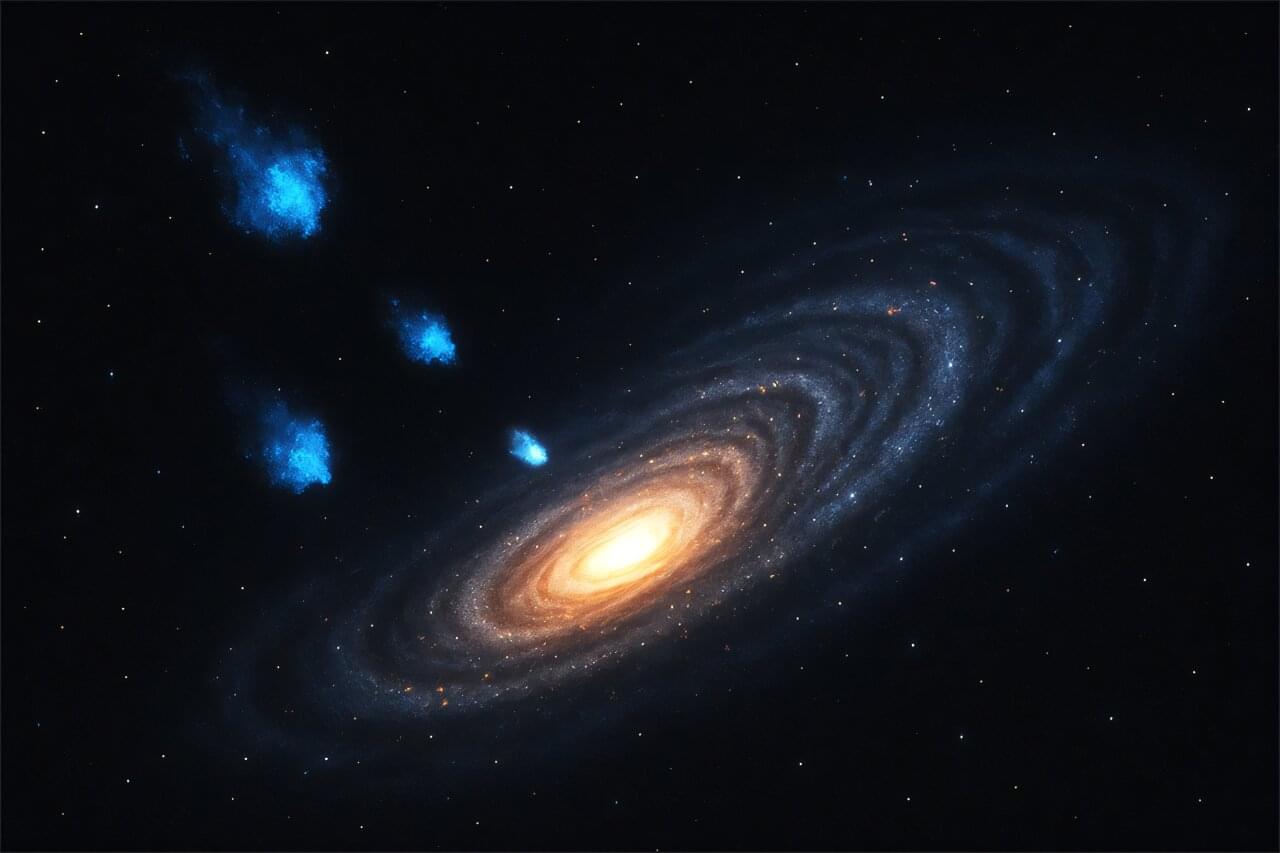
High-velocity molecular clouds in M83 provide new insight into how galaxies evolve
A new result from the molecular gas survey in the Southern Pinwheel Galaxy M83 using the Atacama Large Millimeter/submillimeter Array (ALMA) Telescope reveals a discovery of 10 high-velocity clouds composed of molecular gas, moving at velocities significantly different from M83’s overall rotation, an indication that the influx of these gases—which help to form stars—are from outside the galaxy.
This survey is led by Jin Koda, professor in the Department of Physics and Astronomy in the College of Arts and Sciences at Stony Brook University, who collaborated with Maki Nagata and Fumi Egusa, of the University of Tokyo, as well as an international team of astrophysicists. Their findings are published in The Astrophysical Journal.
Galaxies are primarily composed of stars and gas, with gas serving as the material for forming new stars. Through this process of star formation, galaxies evolve by converting gas into stars. It is estimated that without a supply of gas from external sources, the existing gas in a galaxy would be consumed within about 1 billion years and star formation would cease. The team’s finding on the molecular composition of M83 provides new insight into how galaxies may evolve over millions and billions of years.
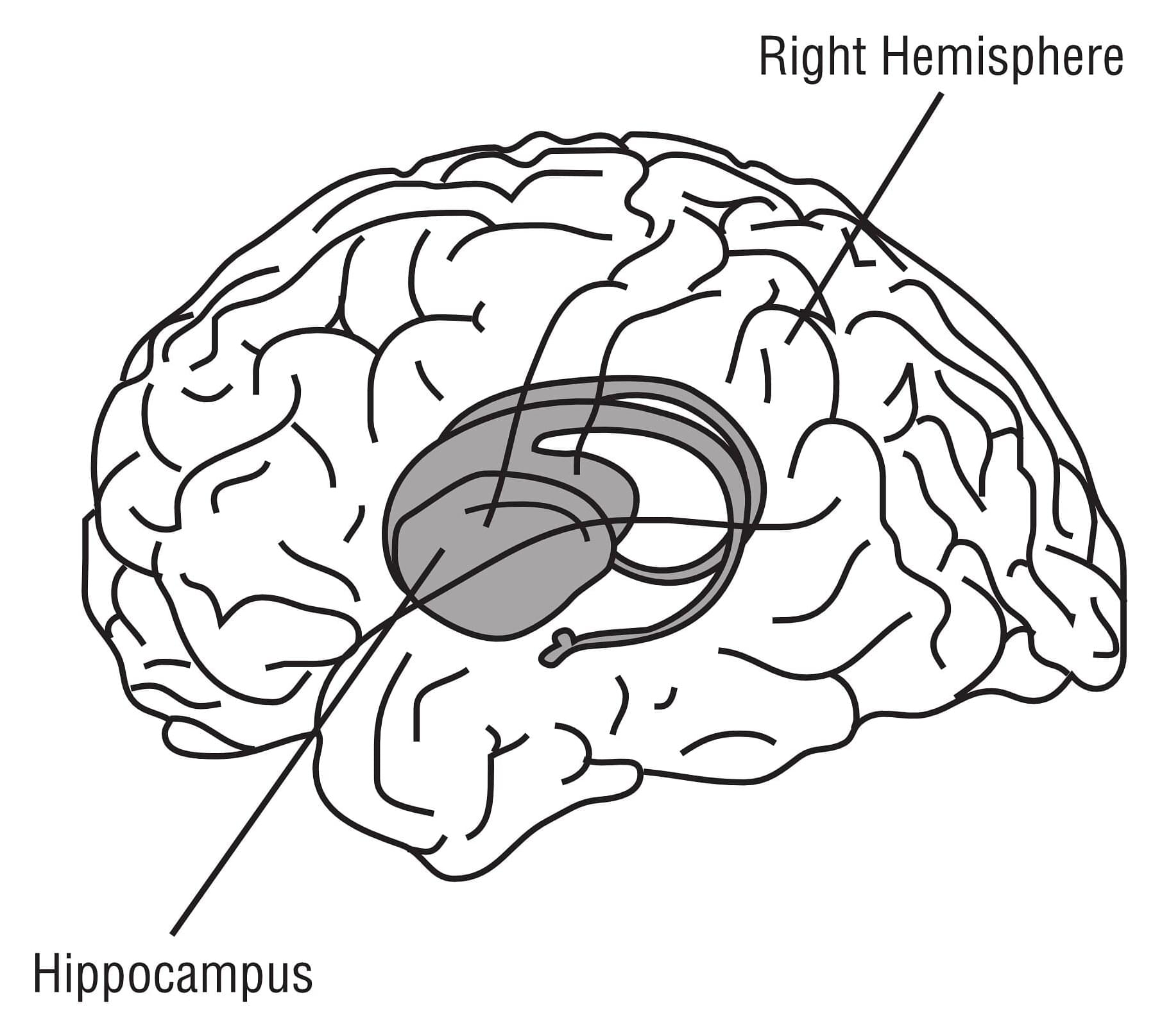
New neurons continue to form in the adult human hippocampus: Study
A study in the journal Science presents compelling new evidence that neurons in the brain’s memory center, the hippocampus, continue to form well into late adulthood. The research from Karolinska Institutet in Sweden provides answers to a fundamental and long-debated question about the human brain’s adaptability.
The hippocampus is a brain region that is essential for learning and memory and involved in emotion regulation. Back in 2013, Jonas Frisén’s research group at Karolinska Institutet showed in a high-profile study that new neurons can form in the hippocampus of adult humans. The researchers then measured carbon-14 levels in DNA from brain tissue, which made it possible to determine when the cells were formed.
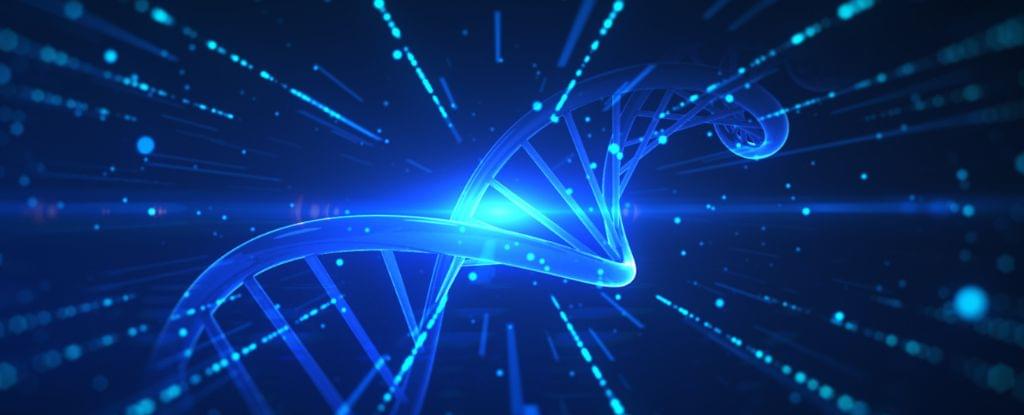
First Step Towards an Artificial Human Genome Now Underway
As if sequencing a full human genome wasn’t tricky enough, scientists are now attempting to reconstruct our species’ genetic material from the ground up.
It’s an ambitious and controversial project called the Synthetic Human Genome (SynHG) project, and work has already begun on a proof-of-concept.
The goal of this crucial first step is to use the human genome blueprint to write the genetic code for a single, enormously long strand of DNA in just one of our chromosomes – making up approximately 2 percent of our total genome.